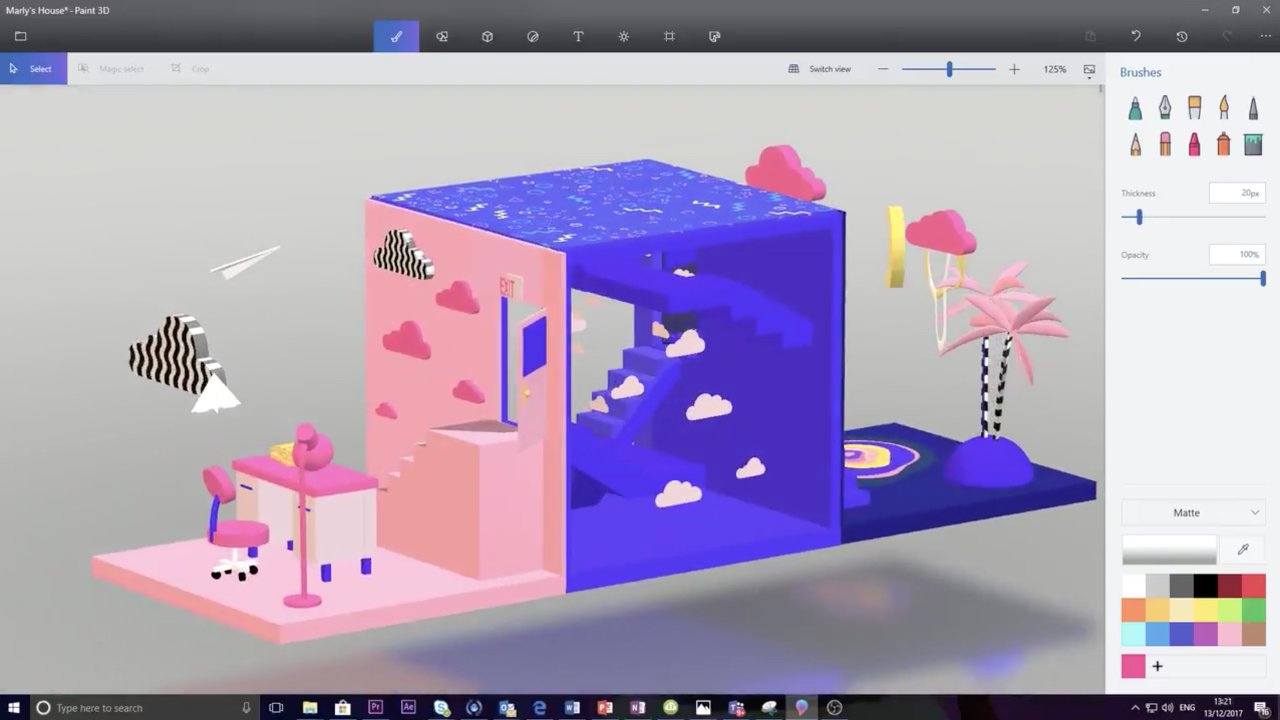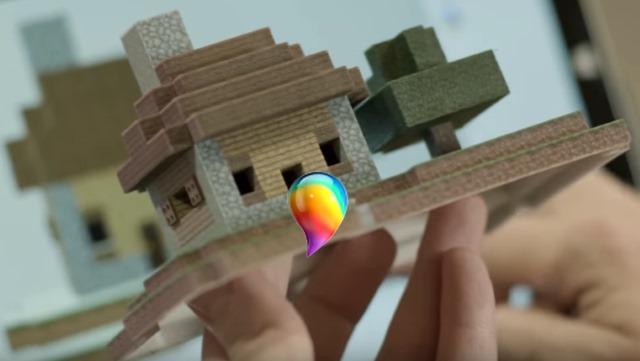
We're used to working on 2D screens, but we live in a three-dimensional world, so our brains naturally grasp concepts more easily when they're presented in 3D. One big benefit of 3D? It's simply much easier to convey complex ideas. "We really zeroed in on this idea of unlocking and enabling people's creativity." "You can't just make something and put it out there without thinking of the value we can bring to people," she said. Microsoft needed to do more than just pay companies to start building models - it had to figure out how to persuade everyday consumers to also start exploring the possibilities of 3D. That thinking led Saunders and her team to ponder ways to jump-start the 3D content ecosystem. But when it comes to creating and sharing 3D content, it's another story entirely. And, unfortunately, the state of the 3D market now and then is especially broken." We don't think much about working with 2D content these days - snapping a photo and posting it on Facebook is pretty seamless. "But it's really the content and the software that will show up across all those devices where there's a real huge opportunity. "If you look at all the AR and VR devices, they have this amazing potential," Saunders said in an interview with Engadget.

And according to Megan Saunders, Microsoft's head of 3D experiences in Windows, that's a skill that will be particularly useful with the rise of VR, AR and 3D printing.

It's an ideal way to introduce a new generation to building and thinking in three dimensions. But after diving into Paint 3D in the Windows 10 Creators Update, I can say it actually makes complete sense for Microsoft. Even longtime Microsoft watchers had no idea the company was working on a 3D spin on Paint, and it seemed like a left-field choice for most consumers.


 0 kommentar(er)
0 kommentar(er)
